
Innovating for the whole world: IP’s role in development
By Aline Flower, Associate General Counsel, Global Development, Bill & Melinda Gates Foundation*
What could intellectual property (IP) possibly have to do with helping the poorest people in the world’s least developed countries? At first blush, the concepts of IP and development seem diametrically opposed. IP is often regarded as the manifestation of sophisticated legal infrastructures created by wealthy nations to incentivize innovation and mobilize advanced economies.

Yet, closer analysis reveals intimate and nuanced connections between IP and development, touching both micro- and macro-economic issues, including:
- Which people are served by commercial markets and which ones are not?
- The role for the private sector in development?
- How can research, development, and delivery for a particular product be driven where the product’s ultimate consumers are poor people in poor countries?
IP has a place in each of these analyses. Wherever poverty, hunger, or disease, require innovative solutions, IP may have everything to do with development*.
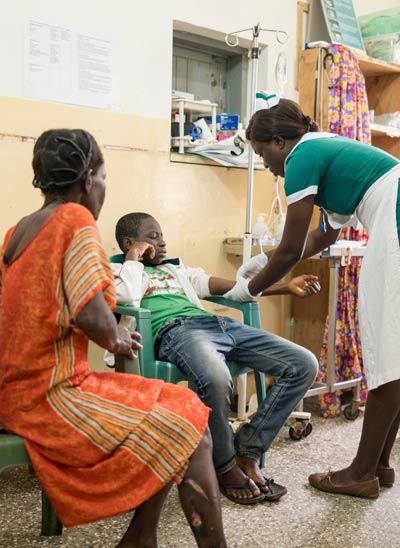
particularly when it comes to in-licensing different viral
strains form different entities and ensuring successful
technology transfer (photo: Courtesy of the
Bill & Melinda Gates Foundation).
In some cases, the product needed already exists, and its surrounding IP is well-protected in developed world jurisdictions. In these cases, the international development challenge may involve distributing that product in the poor world. In other cases, an existing product may need to be adapted and improved to better tailor its specifications to resource-constrained conditions or the preferences of the people living there. In yet another category, bold innovation may be called for to meet the needs of people in the poorest parts of the world to solve unique, unmet challenges.
Below are a few illustrations of how IP figures in development projects, along with insights into the approach of the Bill & Melinda Gates Foundation to IP in development. In each case, a deliberate approach to IP is critical to ensuring the success of the project.
Existing products
Some of the most familiar examples of development involve interventions where the IP-protected product may already exist in its basic form and now needs to be made available to people in poor countries.
Gavi: existing vaccines
Gavi, “the Vaccine Alliance,” works to ensure that people in the developing world do not die of diseases that people in the developed world are routinely vaccinated against. Gavi is an international organization created in 2000 to improve access to underused (as well as new) vaccines for children living in the world’s poorest countries.

While IP issues may seem straightforward in a model that appears to rely exclusively on the procurement of existing product, that impression can be deceptive. IP issues abound in developing low-cost vaccines – particularly when it comes to in-licensing different viral strains from different entities and ensuring successful technology transfer.
Bold innovation

further innovation challenge involves safely and effectively
delivering that vaccine to remote areas lacking basic
infrastructure (photo: Science Photo Library / Alamy
Stock Photo).
In other cases, brand new technologies are needed to improve the lives of people in low-resource settings. These technology solutions may also have market applications in rich world settings and, therefore, carry a high likelihood of new IP.
The reinvented toilet

fifth leading cause of death globally. Finding innovative ways
to dispose of human waste safely in communities without
access to electricity and piped sanitation is a central global
health and development challenge (photo: Joerg Boethling /
Alamy Stock Photo).
According to United Nations statistics, 4.5 billion people live without a household toilet that safely disposes of human waste. Diarrheal disease caused by a lack of safe sanitation is estimated to contribute to 2.5 million preventable deaths a year, and is the fifth leading cause of death globally. Figuring out how to dispose of human waste safely in communities with no access to electrical grids or piped sanitation is therefore a central global health and development challenge. The flushing toilet, invented in 1596, simply cannot serve those households and communities.
Can we reimagine a more integrated sanitation appliance? Exciting experimentation is underway that would create energy-efficient household and community sanitation systems based on dewatering technology processes. These biochemical processes convert the solid and liquid waste into safe – and potentially reusable – byproducts. Such developed sanitation appliances and systems could potentially represent commercial products for global application and distribution.

The vaccine cold chain
Reconsider the apparently straightforward example of an existing vaccine that simply needs to be distributed. In addition to the IP issues associated with product development mentioned above, let’s assume successful in-licensing and technology transfer has enabled the development of that low-cost vaccine and that we have procured sufficient quantity of the product.
The innovation challenges are not behind us. We also need systems for reliably identifying and precisely locating which people need to receive that vaccine, as well as an effective tracking method to confirm its administration. Between vaccine development and vaccination tracking, a further innovation challenge involves safely and effectively delivering that vaccine in low-resource settings to remote areas lacking basic infrastructure. “Cold chains,” or the temperature-controlled supply chain that maintains a vaccine’s thermostability (and viability), need to be significantly improved to close the routine immunization coverage-gap and eradicate diseases globally.
Improvements and adaptations
A third, intermediate approach to IP in development is presented where existing technologies form a critical basis for – but not the complete – innovative intervention. These projects build on background IP rights and almost always involve the prospect of new IP through further research, development and technology improvements.
Water-efficient maize for Africa (WEMA)
The chronic risk of drought critically threatens small-holder farmers in sub-Saharan Africa who are trying to feed their families from household plots. A team of scientists led by African Agricultural Technology Foundation (AATF) has generated elite maize hybrids with enhanced drought tolerance adapted to sub-Saharan Africa and targeted to the preferences of small-scale farmers. Further research and development has been successful in conferring insect resistance to save the crops from stem borers and other toxins.
WEMA’s research emerges from a public-private partnership involving the International Maize and Wheat Improvement Center (CIMMYT), AATF, the National Agricultural Research Systems (NARS), and a private sector partner which donated the drought-resistant trait and valuable IP to create royalty-free products under license via private seed companies for small-holder farmers.
User-centered contraceptive innovations
Consider the choices available to the mother in that small-holder farming household – which likely lacks ready access to clean water – who wishes to manage family resources by trying to space her children. Informed by the preferences of women in low-resource settings, several family planning projects are currently exploring technical interventions for longer-acting injectables and contraceptive implants. Some projects involve the use of a proprietary platform to develop longer-acting injectable formulations. Others involve development of biodegradable contraceptive implants. All involve innovation and, therefore, IP – both background and foreground.
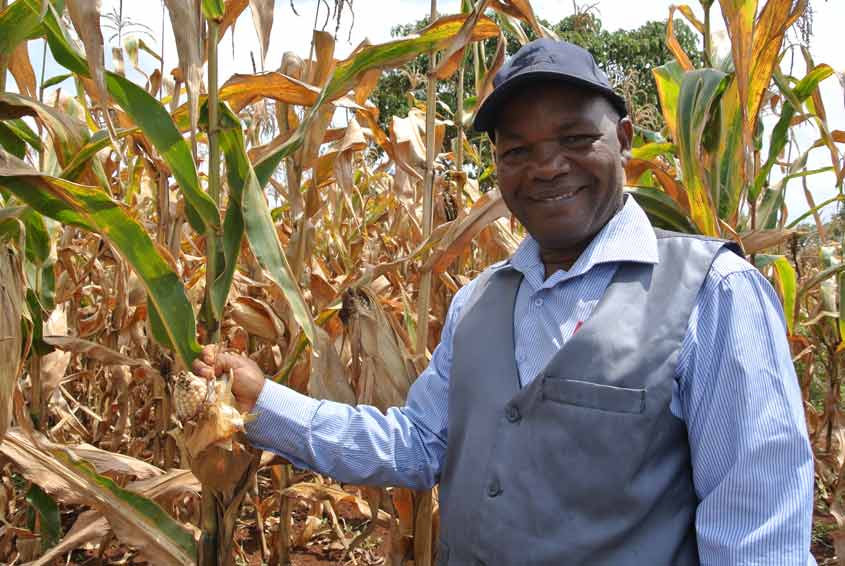
Innovative market solutions
A nascent intervention strategy being explored in various fields is premised less on a binary, polarized view of the world as “developing” versus “developed,” where the so-called “developing” world is exclusively non-commercial and the “developed” is the only viable commercial market. This emerging view posits that even poor people in poor countries make considered choices about how to spend or save their limited resources, and represent a largely untapped market.
Nutritionally enhanced products
How can an existing food or beverage product already being sold to millions of poor consumers be improved to deliver better nutrition without compromising appeal? Product improvements may well involve IP protection. Potential models that would improve global nutrition for the poorest consumers while remaining commercially sustainable for the product manufacturer are being explored. In addition to improving nutrition for poor consumers, these models could potentially introduce the product developer to broader market segments with an improved product. In the long run, such a hybrid approach that merges both business and charitable goals could potentially even eliminate reliance on philanthropic funding.
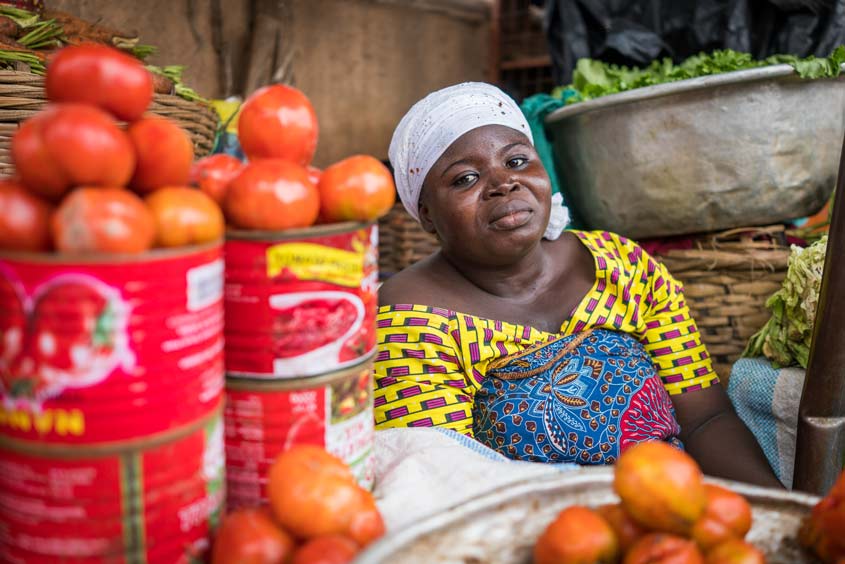
How the Bill & Melinda Gates Foundation approaches IP for development
At the Foundation, we recognize the importance of IP for two principal reasons. First, we respect IP as a proprietary asset. If a proposed project relies on third-party IP, we require prospective funding recipients to adopt a committed strategy to acquire licensing rights or non-assert agreements from that third party for that background IP.
Second, we respect IP for its inherent potential to incentivize product research and development. In some cases, a successful project could result in a technology that might have commercial value in rich (or developed) world markets. Since the results of a project funded under a Foundation grant are owned by the grantee, the prospect of both “doing good” and “doing well” may inspire an entity to submit a proposal for Foundation funding. Would the Foundation fund a project that could result in a technology that is intended to benefit the poor world but may also have commercial application in the rich world? Yes – under certain conditions.
These conditions are called “Global Access.” The Foundation requires that a grantee structures funded projects in a way that will further the Global Access objectives of the Foundation. That charitable obligation is increasingly safeguarded by the Foundation through a sub-licensable non-exclusive Foundation license. Under the Foundation’s Grant Agreement, “Global Access’ means that the grantee agrees to conduct and manage the project research, project technologies and information in a manner that enables (a) the knowledge gained during the project to be promptly and broadly disseminated, and (b) the intended product(s) to be made available and accessible at reasonable cost to people most in need within developing countries.”
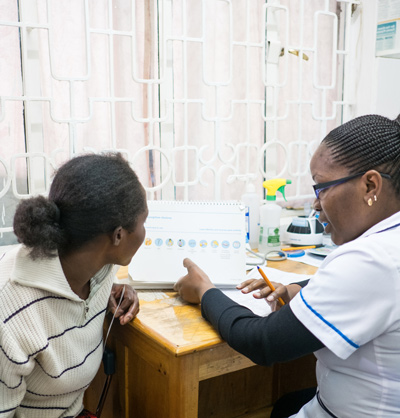
settings, several family planning projects are currently
exploring technical interventions for long-acting injectables
and contraceptive implants. All involve innovation, and,
therefore, IP (photo: Courtesy of the Bill & Melinda
Gates Foundation).
Global Access is the legal mechanism that ensures that the project’s charitable goals remain paramount, regardless of any windfalls that may accrue to the grantee co-incidentally to the Foundation’s purpose in funding that project, for example, through dual market technology. This approach to managing IP ensures that the projects we fund can achieve the programmatic impact intended by the Foundation. It also ensures that the Foundation complies with Internal Revenue Service (IRS) rules for private foundations in the United States, by ensuring the charitability of its investments.
One specific tactic for achieving this objective is to require our grantees to develop a “Global Access Strategy” (also described as a “charitable business plan”). A Global Access Strategy involving IP – such as the projects described above – must demonstrate how any new IP rights associated with inventions developed within the context of a project will be managed. This may involve cross-licensing rights to the other project collaborators as well as developing a strategic commercialization plan that balances the inherent market incentives of selling product into commercial markets with the charitable obligation to make the product accessible to a poor market segment. Such strategic plans may out-license to different territories or on the basis of different applications of the technology – serving richer or poorer market segments, respectively. The Foundation invites its grantees to further demonstrate how they intend to leverage potentially commercial market applications for long-term success and sustainability of the project’s global development goal.
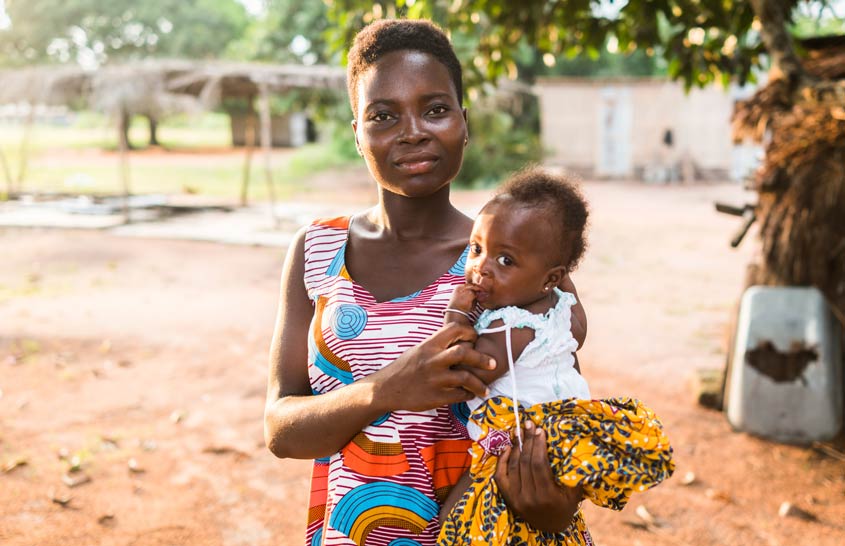
An invitation to accept the innovation challenge
We are still developing our understanding about the many ways in which IP is critical to development. This article shares just a few examples from the Foundation’s experience in grant-making. With so much work still to be done to address the needs of people in the poorest parts of the world, there is extraordinary room for innovation. We invite everyone to accept the challenge to innovate – whether boldly or incrementally – to make this a world where every person has the chance to lead a healthy, productive life.
* For purposes of this article, the terms “developing” and “developed” countries are used. However, the author acknowledges the need to reconsider their utility in light of Hans Rosling’s critically important book, Factfulness: Ten Reasons We’re Wrong About the World—and Why Things Are Better Than You Think, Flatiron Books, 2018.
The WIPO Magazine is intended to help broaden public understanding of intellectual property and of WIPO’s work, and is not an official document of WIPO. The designations employed and the presentation of material throughout this publication do not imply the expression of any opinion whatsoever on the part of WIPO concerning the legal status of any country, territory or area or of its authorities, or concerning the delimitation of its frontiers or boundaries. This publication is not intended to reflect the views of the Member States or the WIPO Secretariat. The mention of specific companies or products of manufacturers does not imply that they are endorsed or recommended by WIPO in preference to others of a similar nature that are not mentioned.